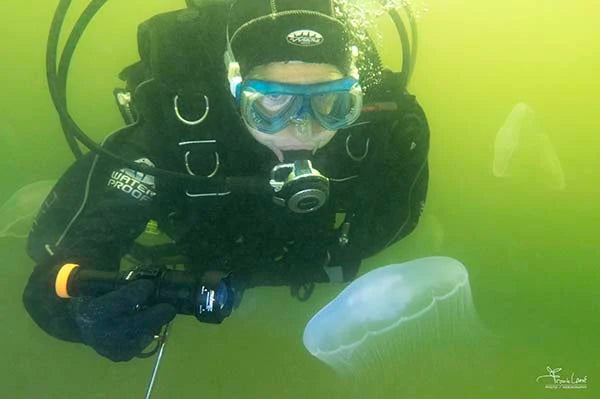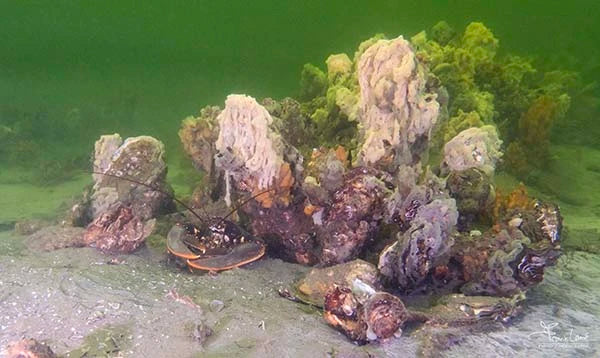Let me share you a story how the OrcaTorch Mazu TD01 dive headlamp save the day.
It might be something of my generation, but there are some days which fit to the quote “I love it when a plan comes together”; repeatedly said in all episodes by John ‘Hannibal’ Smith in the A-team series from the 1980s.
The underwater housing for my Sony A7C was already for some weeks at the store for necessary maintenance, when I got the call that it was ready. The store is about one and a half hour driving from my home, but close to some dive spots in the Dutch province of Zeeland. And as the weather conditions were fine for Monday, we decided to take a day off and hit two birds with one stone: pick-up the housing and make some dives. It would provide a direct opportunity to test the housing to ensure that it will be ready for a next dive trip.
Next question is then of course what lens to be fitted on the camera and associated to that which OrcaTorch video lights to take along. Critical question for that is what the visibility will be, and that is just unpredictable in the estuary waters over here. So, I choose to take the Sony 28-60 mm lens together with the OrcaTorch D950V2 and the OrcaTorch D910V; together good for 15.500 lumen. Along with that, we also took the recent OrcaTorch ZD710 as well as the trustworthy D700 as personal dive torches.

For the first dive, we tried to locate one of the seahorses which, with a lot of luck, can be found during the summer in the Oosterschelde. Unfortunately, visibility was rather poor (even for Dutch conditions) with lots of small particles and algae in the water. Not much more than one meter in an optimistic estimate, so basically, the 28-60 mm lens, which has no macro capabilities, was just the wrong lens. Fortunately, neither did we find a seahorse. Better no seahorse than not being able to make some decent photos of it. Nevertheless, we had some 80 minutes of playtime under water and at least some photos of the ZD710.

The question was what to do next? We decided to go for a second dive in the Grevelingen, one of the other options in the province of Zeeland. Hoping that the visibility in that salt water lake would be better than in the estuary waters of the Oosterschelde. The same configuration for the camera and OrcaTorch video lights, but a different torch for the dive itself, to ensure that we would still have fully functional lights after another 80 minutes under water.
Fortunately, visibility was indeed much better, certainly under the thermocline at 5 meters. Visibility went up to 5 meter or so, so now the lens and lights were a good combination. Floating around at some 10 meters depth, enjoying the marine life and making photos and videos during the dive.
Back on the surface and out of our dive gear, we had dinner and went for the long drive home. All went well, until we arrived at the dive club to fill our tanks and switching on the light of the compressor room. A short flash and a ‘bang’ and apparently, we had a shortcut somewhere in the electrical system (some days later it proved to be an old ceiling light that caused the electrical shortcut). No light, but still we needed to fill our tanks, which was still possible, as the compressor has another electrical connection than the lights in the room. Not such an excellent idea to fill the tanks in pitch dark, but that’s where the OrcaTorch Mazu TD01 came in. Using the head strap I had two hands available to manage the tanks and compressor in the bright light of the OrcaTorch Mazu TD01. In no time our tanks were ready for another dive. A blessing in disguise, brought by the OrcaTorch Mazu TD01.

In all a day ‘where a plan came together’ with the assistance of the various OrcaTorch dive lights. Next time hopefully more luck with finding a seahorse.

Author: Frank Lamé is in his free time a Master Instructor and part of his dives are educational dives. When overseas, Frank always dives together with his video camera, capturing the marine life (www.youtube.com/user/franklame). A number of his videos have been broadcasted, among which by the BBC.



